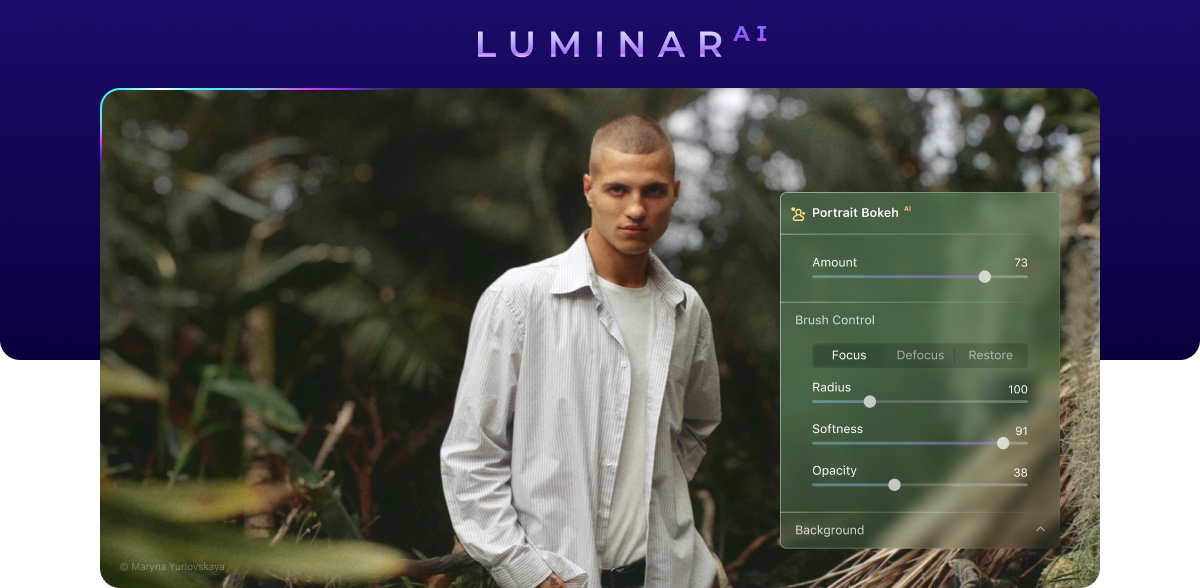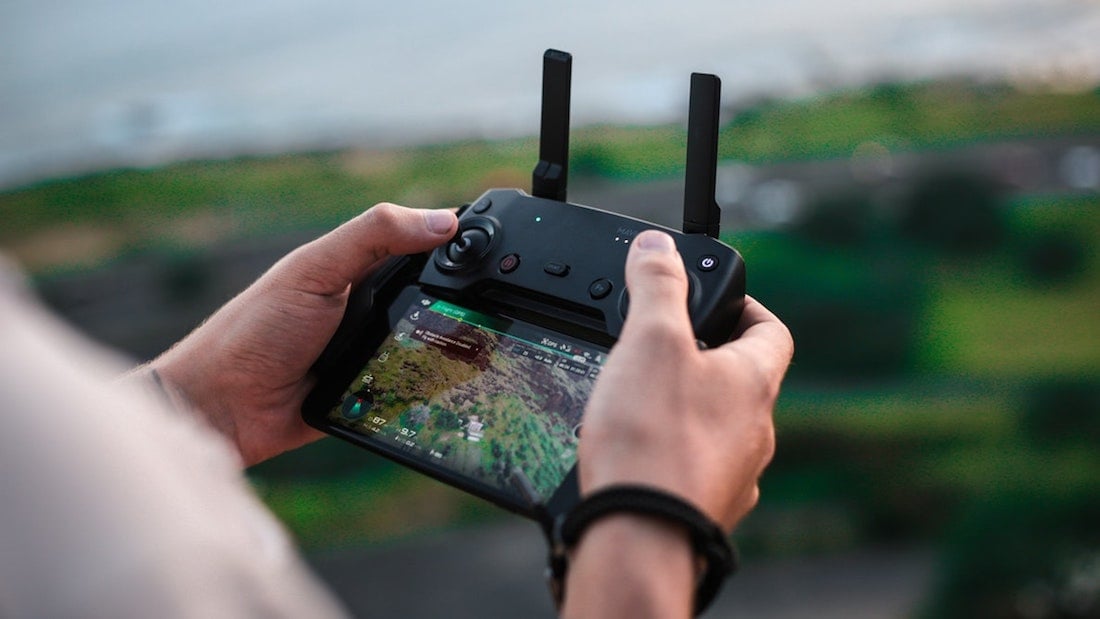
‘Masking’ involves manually selecting various elements in a photo (usually by ‘brushing’ over them with a selection tool), in order to show, hide or edit them.
#Luminar ai forum professional
AI Masking to save time with automatic object selectionsĪrtificial intelligence can identify objects in photos for faster selections in Luminar Neo.Įven professional retouchers struggle with masking in post-production. Once your subject is masked, you can save the portrait as a separate PNG, letting you swap out the background to whaterv you like. Even if the AI doesn’t quite get it right the first time, you can use the smart refinement brush to correct the selection.

Then there’s the incredible background removal tool which does a great job – no tedious masking needed. In my opinion, the Relight AI tool is worth the price of Luminar Neo alone – without it, you’d need to carefully ‘brush’ over the subject or background using a local adjustment brush in Photoshop or Lightroom, which could take hours of fiddling to get perfect. The Remove Powerlines and Remove Dust Spots tools are a nice addition to Luminar Neo (and unavailable in Luminar AI). Remove backgrounds – automatically remove the background for a portrait and swap it for another one in seconds.This is way more common than you’d think, even with new camera gear. Remove Dust Spots – get rid of dirt, sand or dust spots which appear in photos when your camera sensor or lens is dirty.This is similar to the clone tool in Lightroom or Photoshop, but Luminar Neo does it in just one click, as opposed to having to ‘paint’ over the lines manually to select them.

Remove Powerlines – automatically removes any unwanted phone or power lines in your travel and landscape photos.It’s like being able to add a virtual flash, but with the light looking soft and natural-looking. With the Relight AI tool, you can control the foreground and background exposures separately – artificial intelligence detects objects and human figures and recognises a 3D image space. Relight AI – if you don’t have a flash or reflector, it’s common to have a photo that’s properly exposed for the background, while the subject (the foreground) is too dark.Luminar Neo features 4 brand new tools which can help us fix these issues much faster than by using Photoshop or any other image editor. We all do our best to get the perfect picture ‘in-camera’, but sometimes, there’s something out of our control that can spoil the image. Luminar Neo makes it really easy to apply brightness adjustments to objects in photos. New tools to fix common problems faced by photographers
#Luminar ai forum software
To take advantage of the fastest version of the software yet, you need to buy Luminar Neo. In an ideal world, Luminar AI would have been built on this same modular engine, but for whatever reason, it wasn’t.
#Luminar ai forum update
In my Luminar Neo review, I found that while the AI tools in Luminar Neo could definitely be quicker, there was a noticeable improvement in speed when compared to the same tools in Luminar AI.įinally, a modular engine means that the new architecture of Luminar Neo is more flexible, allowing Skylum to update it more easily in the future. Users with low-powered computers who were frustrated with slow performance in Luminar AI should have a better experience with Neo. The new modular engine also uses less memory (RAM) and storage space on your computer. Where this is most noticeable is when you’re using the various AI-powered tools in Luminar Neo, such as Sky AI and the new Relight AI tool.


This allows you to apply lots of different tools to an image without significant performance loss, with all edits saved automatically. ‘Modules’ help to evenly distribute the load while using the various editing tools in Luminar Neo for faster image processing. What differentiates Luminar Neo from all previous versions of Luminar is its ‘modular engine’. Presets and other tools are quicker in Luminar Neo than in Luminar AI.


 0 kommentar(er)
0 kommentar(er)
